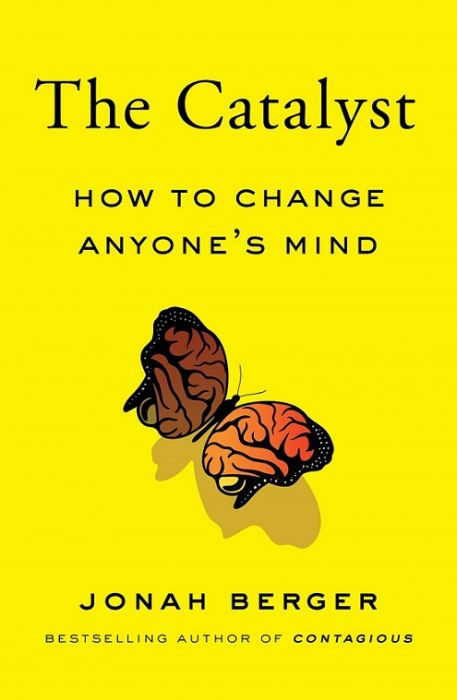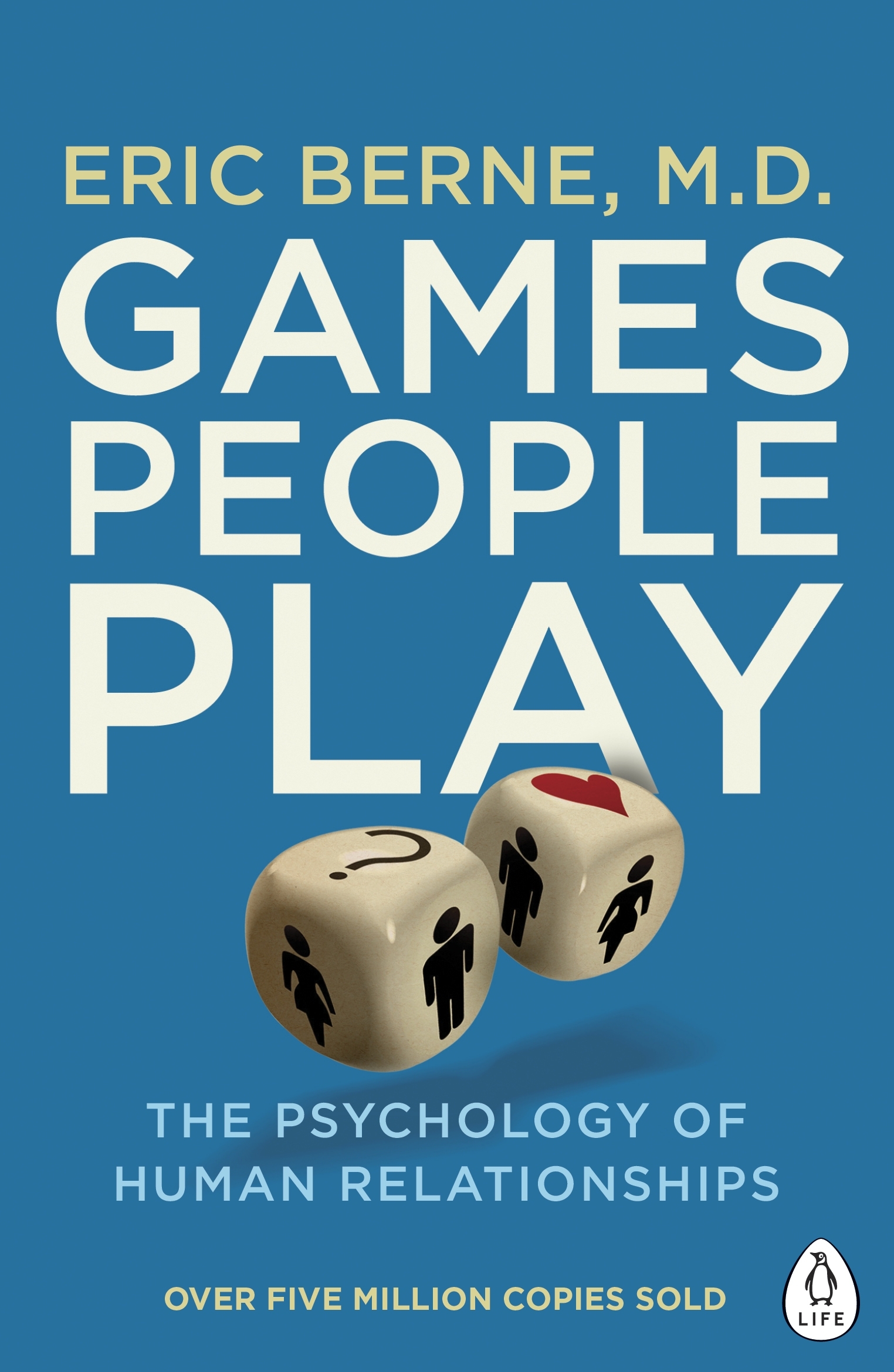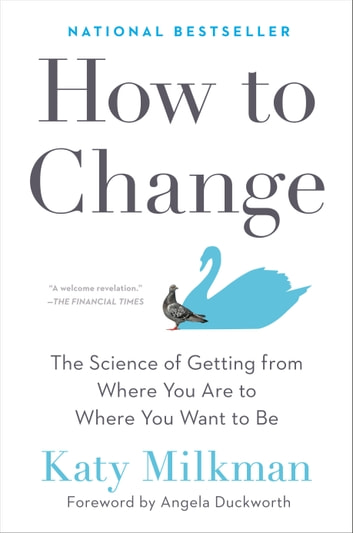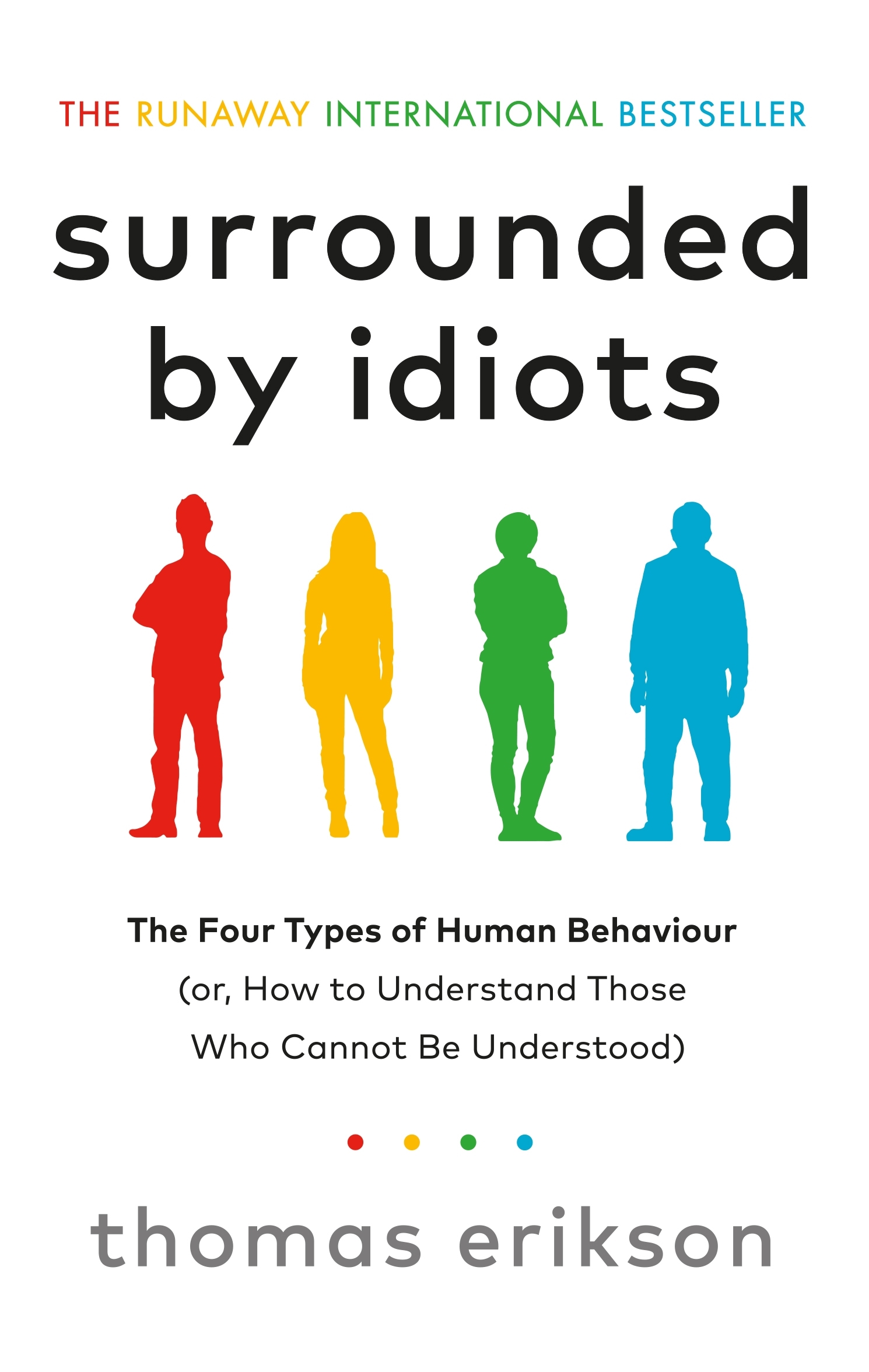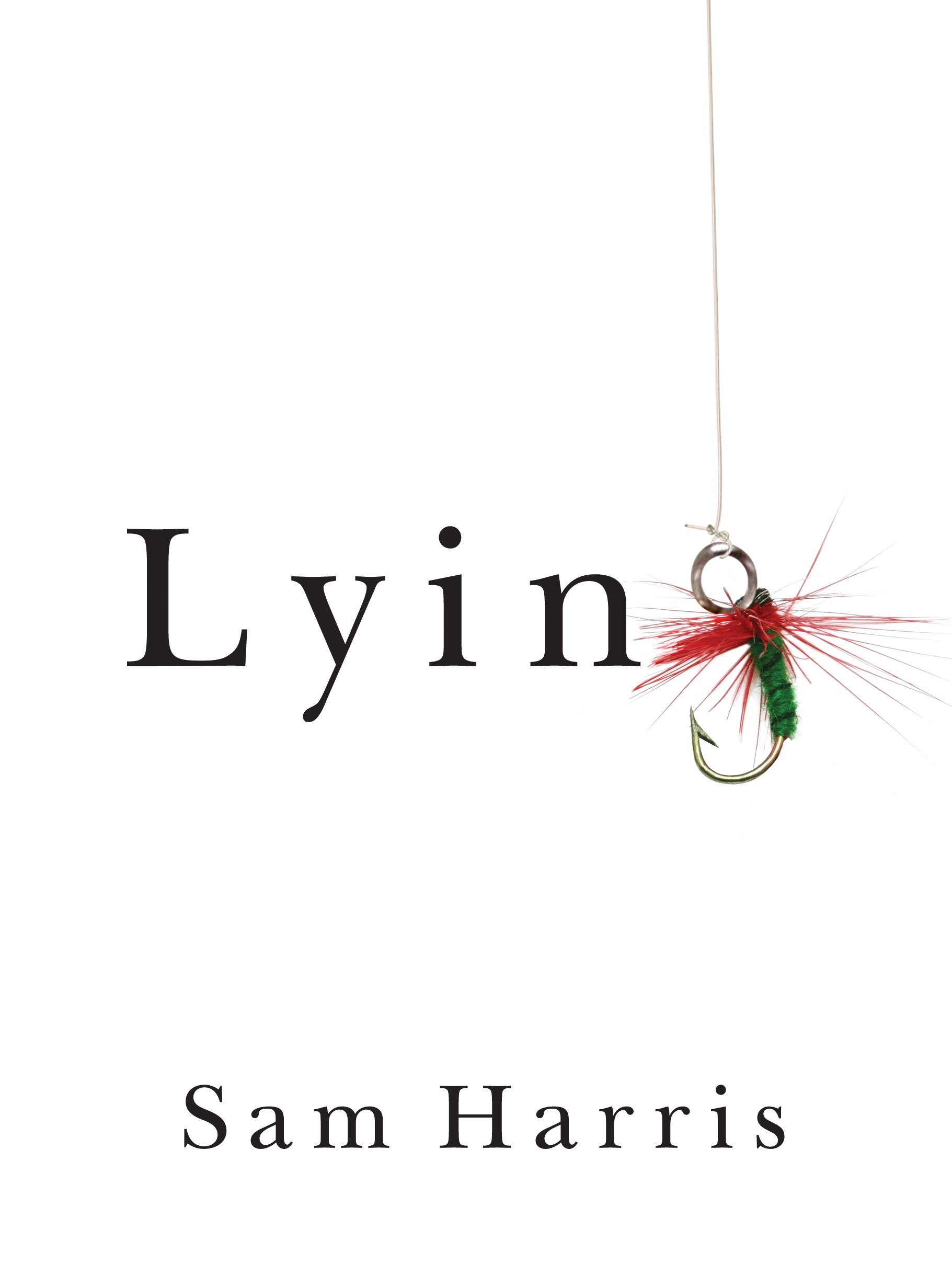Decisive
by Chip & Dan Heath
- Behaviour
- Ashto =
- Jonesy =
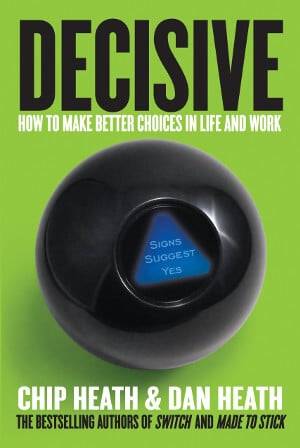
We’re awful at making decisions. A survey found that 44% of lawyers don’t recommend that students become lawyers. 83% of mergers/acquisitions fail to add any real value to the company. Hundreds of thousands of tattoos are removed each year. Young people start relationships that are bad for them, middle-aged people let work interfere with their personal lives, elderly have regrets about not smelling the roses more when they were younger.
We need a better process for making the big decisions.
Our generic process is usually: encounter a choice, analyse our options, make a choice, then live with it.
But at each stage of the process, there is a villain: narrow frame, confirmation bias, short-term emotion, overconfidence.
In order to overcome these villains, we need to “WRAP” our decisions: Widen our options, Reality-test our assumptions, Attain distance before deciding, Prepare to be wrong.
Grab a copy of the book here: https://www.bookdepository.com/Decisive-Chip-Heath/9781847940865?/a_aid=adamsbooks
Get a free 7-day trial of Blinkist here: https://www.blinkist.com/whatyouwilllearn
If you study the kinds of decisions people make and the impacts, you’ll see that humans don’t have a very good track record.
CAREER:
- An American Bar survey found that 44% of lawyers recommend a young person not become a lawyer
- Teachers are two times more likely to drop out than the students
BUSINESS:
- 83% of mergers and acquisitions fail to provide any kind of value for shareholders
- 40% of senior level hires are pushed out or fail or quit within 18 months
PERSONAL:
- An estimated 61,535 tattoos were removed in one year in the USA
- people don’t save enough for retirement, then we buy high and sell low based on emotions
- young people start relationships that are bad for them,
- middle-aged people let work interfere with their personal lives,
- elderly have regrets about not taking time to smell the roses when they were younger
A remarkable aspect of your mental life is that you are rarely stumped (Daniel Kahneman, author of Thinking, Fast and Slow). He described the ease in which we draw conclusions. The normal state of your mind is that you have intuitive feelings and opinions about everything that comes your way. We are quick to jump to conclusions because we give too much weight to the information that’s right in front of us, while failing to consider the information that’s just offstage. What you see is all there is.
Why do we have such a hard time making good choices? Many fascinating books explore the problems with our decision making. It’s clear that our brains are flawed instruments. But less attention has been paid to another compelling question. Given that we’re wired to act foolishly sometimes, how can we do better?
This book presents a process. Why a process? Because understanding our shortcomings is not enough to fix them. Does knowing that you’re near sighted help you see better? Similarly, it is hard to correct our bias in our mental process by just being aware of it.
Most of us rarely use a process for thinking through important decisions. Whether to fire your worker, relocate for a new job or how to handle your frail parents. The only decision making process in wide circulation is the pros and cons list. The advantage of this approach is that it’s deliberative
The Four Villains of Decision Making
If you think about the normal decision process, it usually proceeds in four stems:
- (1) You encounter a choice
- (2) You analyze your options
- (3) You make a choice
- (4) Then you live with it
But each of these steps has a villain!
(1) Narrow framing
Narrow framing is the tendency to define our choices too narrowly. To see them in binary terms.
We ask: Should I break up with my partner, or not? Instead of: What are the ways I can make this relationship better?
We ask: Should I buy this car or not? Instead of: What’s the best way I could spend some money to make my family better off?
How can you expand your set of choices? WIDEN YOUR OPTIONS
(2) Confirmation bias
Researchers have found this result again and again. When people have the opportunity to collect information from the world, they are more likely to select information that supports their pre-existing attitudes, beliefs and actions. Political partisans seek out media outlets that support their side but will rarely challenge their beliefs by seeking out the other side’s perspective. Consumers who covet new cars or computers will look for reasons to justify the purchase but won’t be as diligent about the reasons to postpone it
The tricky thing about confirmation bias is that it can look very scientific. After all, we’re collecting data. Dan Lovallo, the professor and decision making researcher said: “Confirmation bias is probably the single biggest problem in business, because even the most sophisticated people get it wrong. People go out collecting data, and they don’t realise they’re cooking the books”.
At work and life we pretend we want the truth when we’re really just seeking reassurance. When you watch reality TV shows, despite inability to carry a tune, when they get harsh feedback from the judges they looked shocked. Crushed!! And you reailse this is the first time in their lives they’ve received honest feedback
And this is the slightly terrifying thing about the confirmation bias. When we want something to be true, we will spotlight the things that support it, and then draw conclusions based from those spotlighted scenes, and we’ll congratulate ourselves on the reasoned decision.
You analyze your options, but the confirmation bias leads you to gather self serving info… So: REALITY TEST YOUR ASSUMPTIONS. How can you get outside your head and collect information you trust?
(3) Short term emotion
If you review the literature on decisions, you’ll find that many decision making models are basically glorified spreadsheets. If you are shopping for an apartment, you might be advised to list the 8 apartments you found, rank them on a number of key factors (cost, location, size etc), assign a weighting that reflects the importance of each factor (cost is more important than size), and then do the math to find the answer. But there is one critical ingredient missing from the analysis: emotion
The short term pressures cloud your mind and obscure the decision making. This brings us to the third villain of decision making: short-term emotion. When we’ve got a decision to make, our feelings churn. We replay the same arguments in our head, we agonize about our circumstances. We change our minds from day to day. If the decision is represented on the spreadsheet, none of the numbers change, no new information is added
You make a choice. But short term emotion will often tempt you to make the wrong one, so: Attain distance before deciding
(4) Overconfidence
The fourth villain is overconfidence. People think they know more than they do about how the future will unfold. A study showed when doctors reckoned themselves “completely certain” about a diagnosis they were wrong 40% of the time. When a group of students made estimates that they believed had only a 1% chance of being wrong, they were actually wrong 27% of the time
We have too much confidence in our own predictions. When we guess about the future, we shine our spotlights on information that’s close at hand. And then we draw conclusions from that information.
Imagine the head of a travel agency in 1992. “My travel agency is the market leader in Phoenix and we have the best customer relationships. This area is growing so rapidly we could easily double in size over the next 10 years. Let’s get ahead of the curve and build those additional branches”. The problem is we don’t know what we don’t know. “Whoops the internet. So much for the travel agency”
The future has the ability to surprise. We can’t shine a spotlight on areas we don’t know exist. So: Prepare to be wrong.
Part 1 – Widen Your Options
Avoid a narrow frame
When we make choices, we often trap ourselves into something that isn’t a choice at all. Rather than being open to a wide range of options, we bind ourselves into a “whether or not” situation. Rather than selecting from A, B, C or D, we’re often choose between ‘A’ or ‘Not A’, and we forget that ‘Not A’ actually represents a massive pool of unexplored options.
Think of the teenager planning what to do on a Saturday night. They often think “should I go to the party or not?”. This narrow frame only makes them think of how fun the party would be and what they would missed at the party if they didn’t attend. Choosing between A and Not A often leads to a poor decision. In reality, their choices include: “should I go to the party?”, “should I stay home and study instead?”, “rather than go to the party with a large group of people I don’t know, should I get a small group of close friends and go to see a movie instead?”, “should I go to watch the school basketball game then swing past the party for half an hour on my way home, rather than spending all night at the party?”. As soon as you break out of the narrow frame, you start to recognise how many options you have in front of you.
Quaker had great success in buying Gatorade for $220M. William Smithberg was very successful in scaling it up before then selling it for $3B. The next opportunity to replicate this success was the option to buy Snapple. They bought it for $1.8b, hoping to emulate their previous success and do it all over again. But it tanked. Snapple and Gatorade turned out to be two very different offerings, and Quaker couldn’t replicate the growth they had with Gatorade. The eventually threw in the towel and sold it for $300m, representing a $1.5b loss. A study found that 83% of mergers/acquisitions don’t actually add any value to the firm, another example that we’re just poor decision makers in all areas of life.
The Snapple acquisition has become known as one of the worst business decisions in history. This issue with the Quaker/Snapple debacle was that executives were thinking “should we buy Snapple or not?”. If they don’t buy Snapple, they miss out on the opportunity and they might have to watch a competitor take Snapple to the moon. This ‘whether or not’ choice traps us into poor decision making. No one proposed: “what else could we buy if we didn’t buy snapple?”. No one suggested “rather than spending $1.8B on buying Snapple, what if we saved that money and invested it somewhere else, or waited for another opportunity to buy later down the track?”. No one suggested “what if we start something knew, using this $1.8B as a serious war chest to grow it from the ground up?”. The whether-or-not choice trapped the executives, just as it does to all of us in our every day decisions.
THE SOLUTION: Finding answers to these questions: Is there a better way? What else could we do?
“Widen your options” can help us learn to escape the narrow frame and discover better options for ourselves. The first step is to distrust “whether or not decisions”. If you’re willing to invest some effort in a broader search you’ll usually find that your options are more plentiful than you initially think
Being stuck in the narrow frame is hard to recognize. But only when you’re the one inside it. From the outside you will be able to clearly see people limiting their choices. A wider view makes all the difference.
Part 2 – Reality Test Your Assumptions
Consider the opposite
To make good decisions, we need to seek out disagreement. Alfred Sloan the long time CEO and Chairman of General Motors once interruprted a committee meeting with the question. “Gentlemen, I take it we are all in complete agreement on the decision here?”. Everyone nodded. “Then… I propose we postpone further discussion of this matter until our next meeting to give ourselves time to develop disagreement and perhaps gain some understanding of what this decision is about”
Strategy for overcoming confirmation bias: Ooch
To ooch is to ask: Why predict, when we can test? Why guess when we can know?
Hunter College in New York does not admit students unless they have spent at least a hundred hours observing physical therapists at work. That way, all incoming students are guaranteed a basic understanding of the profession they’re preparing to enter.
Make small bets.
Part 3 – Attain distance before deciding
Our worst enemy in resolving the conflicts of hard decisions is short term emotions which can be an unreliable adviser. When people share the worst decisions in their life, it is usually due to emotions. But we are not slaves to our emotions. We need strategy.
Strategy 1: The 10/10/10
- How will we feel about it in 10 minutes from now? In 10 months from now? In 10 years from now?
The 3 time frames provides an elegant way of forcing us to get some distance on our decisions
Consider Annie who is agonizing relationship with Karl. They’ve been dating for 9 months, but unsure if he’s a life long mate. She tries the 10/10/10. Imagine that you resolve right now to tell him that you love him? How would you feel, 10 minutes, 10 months and 10 years from now? In 10 minutes, it could be super awkward (or really good). But in 10 years, this small statement seems insignificant. Either it was the best decision you made, because it led to a long and happy relationship, or Karl turned out to be a douchebag and you parted ways, saving yourself 10 years of agony with the wrong guy. According to 10/10/10 it becomes an easy decision
Part 4 – Prepare to Be Wrong
After we’ve made a decision we must challenge ourselves to consider the two questions: How can we prepare for good and bad outcomes? And how would we know if it were time to reconsider our decision? In other words, we must prepare to be wrong
Strategy: Set a tripwire
How do we know it is time to reassess the choice we’ve made? How could we learn that would make us retreat from a choice we’ve made? What we need is a tool for snapping us awake at just the right moment. Ensuring that we don’t miss a chance to cut our losses – or to maximise our opportunities. What we need in short, is a tripwire.
Zappos hiring process is famous for this. Zappos says to people: “you’ve seen what we have to offer and who we are… if you don’t like it here, it’s better for you to leave now and it’s better for us if you leave now. We don’t want you to stick around and feel like you have to stay, so we’ve got an offer for you”. After 2 weeks of customer service training, they are given a choice. If they feel that it isn’t the right place for them, they will be offered $1000 to quit (Today, It’s now up to $4000). Amazingly, only 2% of people take this offer and leave. The offer is a tripwire – it’s a prompt that forces people to think about the decision. Rather than going through the training and just starting the job, as happens almost everywhere else, they are forced to make a decision whether they want to continue a long career at Zappos or not.
When we act on autopilot, our behaviour goes unexamined. We gain a lot from this ability to selectively tune out parts of our experience – when we’re on autopilot our minds freed up for other things. But the problem is sometimes our auto-pilot deserves some scrutiny. One solution is to build in a tripwire – a function that forces you to make a decision at a specific point in time. The trip wire snaps us awake from our complacency at exactly the right moment, and compels us to reconsider our decision or make a new one.
Because day to day change is gradual, even imperceptible, it’s hard to know when to jump. Tripwires tell you when to jump.




